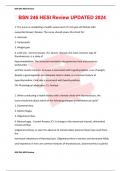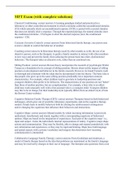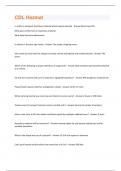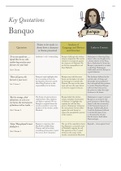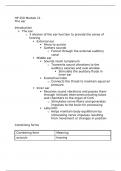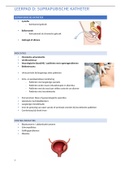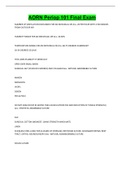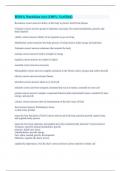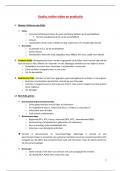Exam (elaborations)
BSN 246 HESI Review UPDATED 2024
- Module
- BSN 246 HESI
- Institution
- Nightingale College
1. The nurse is completing a health assessment of a 42-year-old female with suspected Graves' disease. The nurse should assess this client for: 1. Anorexia. 2. Tachycardia. 3. Weight gain. 4. Cold skin. -Correct Answer 2. Graves' disease, the most common type of thyrotoxicosis, is a state of ...
[Show more]
